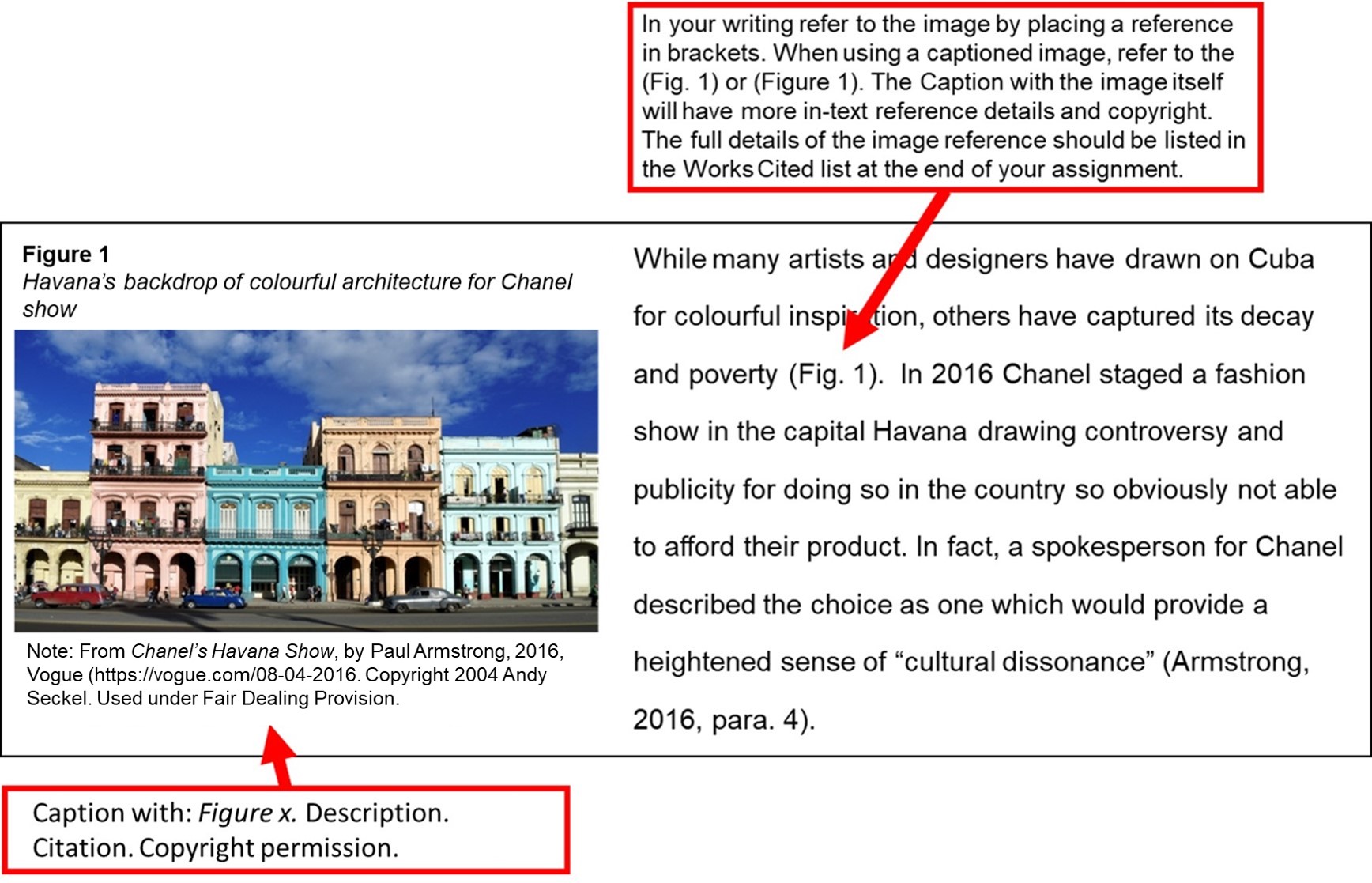
When you want to provide specific evidence or information that cannot be paraphrased. When you need to share an exact definition. When should I use a direct quote in my paper?ĭirect quotes should only be used occasionally: There is no need to add another in-text citation until you use a different source, OR, until you use a direct quote. BEST PRACTICE PER PARAGRAPH: On your 1st paraphrase of a source, CITE IT. The best time to use direct quotes is when you need to give an exact definition, provide specific evidence, or if you need to use the original writer's terminology. Paraphrasing ALLOWS YOUR VOICE to be prevalent in your writing. using direct quotes) is important because it shows that YOU ACTUALLY UNDERSTAND the information you are reading. Use to help you come up with like/similar phrases if you are struggling.  Make sure not to use language that is TOO close to the original, so that you are not committing plagiarism. When you start to paraphrase, cite your source. It's usually better to paraphrase, than to use too many direct quotes. This is hard to do at first, it takes practice, but this is how you start to paraphrase. Read the original information, PUT IT AWAY, then rewrite the ideas in your own words.
Make sure not to use language that is TOO close to the original, so that you are not committing plagiarism. When you start to paraphrase, cite your source. It's usually better to paraphrase, than to use too many direct quotes. This is hard to do at first, it takes practice, but this is how you start to paraphrase. Read the original information, PUT IT AWAY, then rewrite the ideas in your own words. 

Those notes are the beginning of paraphrased information.
How do I learn to paraphrase? IF you are thoroughly reading and researching articles or book chapters for a paper, you will start to take notes in your own words. Here are some best practices when you are paraphrasing: Paraphrasing is recreating someone else's ideas into your own words & thoughts, without changing the original meaning (Gahan, 2020). Rogers, senior vice president at the American Council on Education, was elected as the newest chancellor. Narrative citation: Recently shared on the East Carolina University (2020) website, Dr. Rogers, senior vice president at the American Council on Education, was recently elected as the newest chancellor of the university (East Carolina University, 2020). (2020) shared that guided imagery has also been shown to reduce stress, length of hospital stay, and symptoms related to medical and psychological conditions.Īn example with a group/corporate author: Parenthetical citation: Guided imagery has also been shown to reduce stress, length of hospital stay, and symptoms related to medical and psychological conditions (Jones et al., 2020). Narrative citation: As shared by Bennett and Miller (2019), research on the use of progressive muscle relaxation for stress reduction has demonstrated the efficacy of the method. Parenthetical citation: Research on the use of progressive muscle relaxation for stress reduction has demonstrated the efficacy of the method (Bennett & Miller, 2019). Narrative citation: Forbes (2020) shared that by following American Psychological Association (APA) guidelines, students would learn to find their own voice as experts in the field of nursing. Parenthetical citation: Following American Psychological Association (APA) style guidelines will help you to cultivate your own unique academic voice as an expert in your field (Forbes, 2020). Let's look at these examples if they were written in text: What a parenthetical citation looks like:īennet and Miller (2019) concluded that. HOW TO PROPERLY CITE SOURCES IN TEXT HOW TO
A television series (list the television series in italics after the episode title in quotation marks: "Hush." Buffy the Vampire Slayer.In-text citation styles: This table demonstrates how to create an in-text citation depending on how many authors are in your reference: How many authors:. 
"Sailing to Byzantium." Twentieth Century Poetry.)
A poem in a poetry collection (list the title of the collection in italics after the title of the poem in quotation marks: Yeats, William Butler. A website hosting an article (follow the article title in quotation marks with the brief web address in italics: Miller, Frank. "Early American Pottery Designs." American Historical Review.) An article in a journal title (follow the article title in quotation marks with the journal title in italics: Jacobus, Francis. Examples of containers include: X Research source This applies to both traditional and new media, so for simplicity the MLA now refers to the works sources are nested in as "containers." If your source has a container, list it after the title. Indicate if the source is located in a "container." Some sources are contained within other other works.












